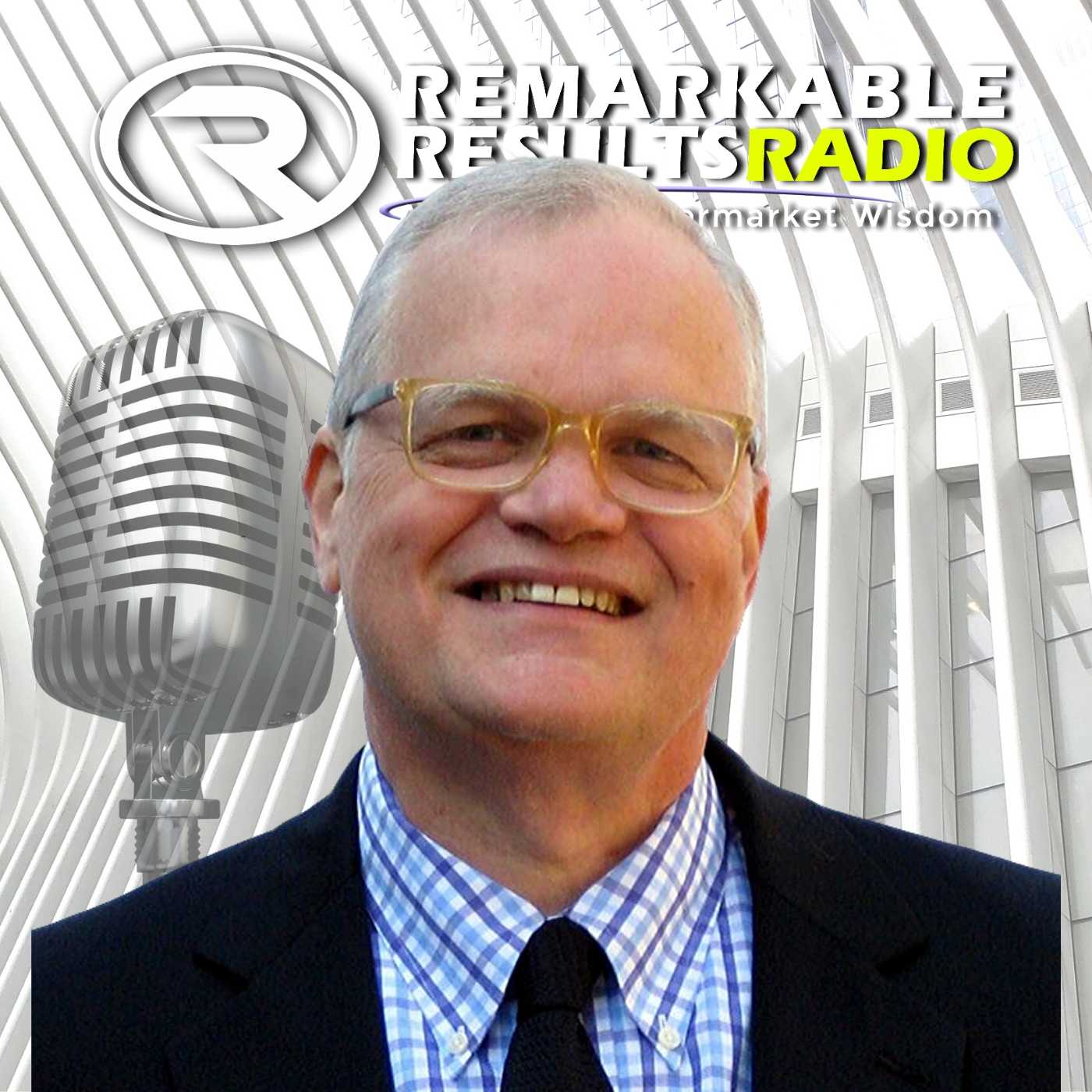Derek Kaufman on the Future of Battery Electric Drive Vehicles [RR 529]

For 40 years, Derek Kaufman has worked in the Transportation Industry with positions ranging from VP Marketing and Product Planning for Freightliner Trucks, SR VP of Sales, Marketing and Customer Support for Hino Trucks, President of Diesel Technology Co, a subsidiary of Penske Corporation, VP of Fixed Operations for Smart USA and CEO of Mission Motors Company. Derek is also an entrepreneur. He founded C3 Network, LLC in 1997 to help clients launch new products in the transportation industry. Today, Derek is a Managing Partner at Schwartz Advisors, LLC doing Mergers & Acquisition support and company growth work in the auto and heavy-duty aftermarket. He continues his role as President of C3 Network. Derek serves on the boards of several companies and is a regular conference speaker at auto aftermarket and trucking conferences. Listen to Derek's previous episodes https://remarkableresults.biz/?s=%22derek+kaufman%22 (HERE). Talking Points: BEVs or Battery Electric Vehicles have only battery power – no engine at all PHEVs are Plug-in Hybrids – they have battery packs that can be charged from the grid and have enough battery power to propel the vehicle for a certain number of miles before their internal combustion engine kicks in to keep the vehicle moving Mild and Micro Hybrids – these are hybrid vehicles where the ICE engine drives an alternator to build up a battery pack. In mild hybrids, the motors can add power to the ICE power train. In micro hybrids like stop-start systems you have a battery that will drive a starter to bring the ICE engine back on after it stops to save fuel at an intersection. In the USA, about 2.1% of our sales were full BEVs in 2019. To put that in perspective, the number one country in the world for BEV sales was Norway at 49% -- a strong market for Tesla Number 2 was Iceland at 19%, then you fall down 8.2% for number 3 Sweden. China is driving hard for BEVs but they were only at 4.2% last year. It is interesting to note that if California was its own country – and lots of people would say it is – it would be right up with Sweden at over 8% BEV sales in 2019. If you go to San Diego, or sections of LA or the Bay Area – you would think that Tesla has a 30% market share – California is the epicenter of their sales. Our estimate is that only .22% of cars in shops are BEVs today and that only grows to under 4% in the next ten years. The European Union is all in on electric drive – and they are driving the market by imposing a 95 gram per kilometer CO2 emission limit on vehicle manufacturers. You have everyone trying to sell cars in Europe rushing to add BEVs to their product lines even though the consumers in that market are continuing to buy high powered ICEs and even turning now to SUVs. So BEVs are going to be money-losing propositions for a lot of years for OEMs in Europe.The UK just announced a ban on ICE gas and diesel engines as of 2035 – that was pulled up from 2040 France has a ban slated for 2040 – but Paris is blocking ICE cars by 2030 China isn’t doing a nationwide ban but is talking about regional bans – and they are making it really difficult or impossible to build any new ICE production capacity in the country. The US has been lagging other countries for a number of reasons – our geography makes the whole issue of battery range a tougher issue than in a lot of the European countries where you have less chance of even reaching a car’s range limitWe’re a light truck and SUV country – over 70% of new car sales are light trucks in this country so I think the adoption of BEVs will change once those vehicle designs include electric drive. So we’re projecting a slower climb for the USA – the Schwartz Advisors model is showing 16% BEV sales by 2035. Rivian as a true inflection point for BEVs in this country and maybe in the world.R.J. Scaringe in Detroit has done a tremendous job of attracting both people and investment for his company. He has people like Mark Vinnels the...